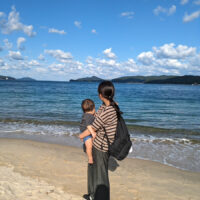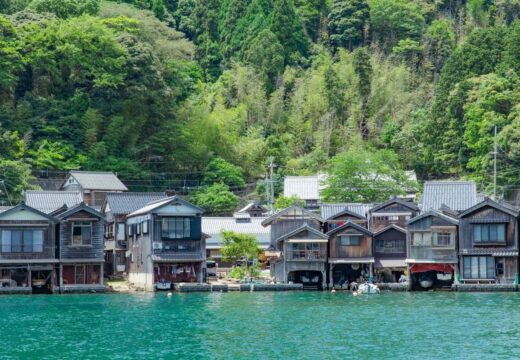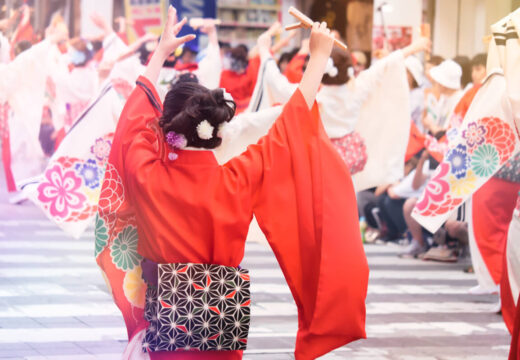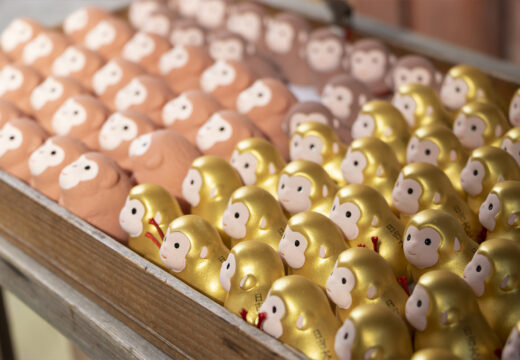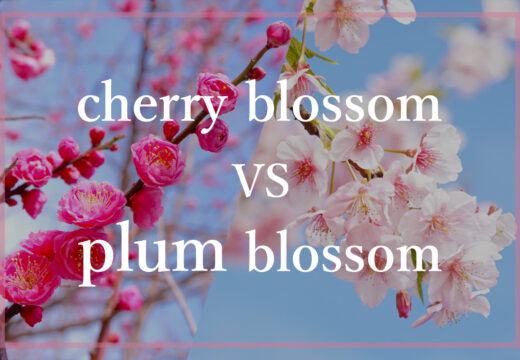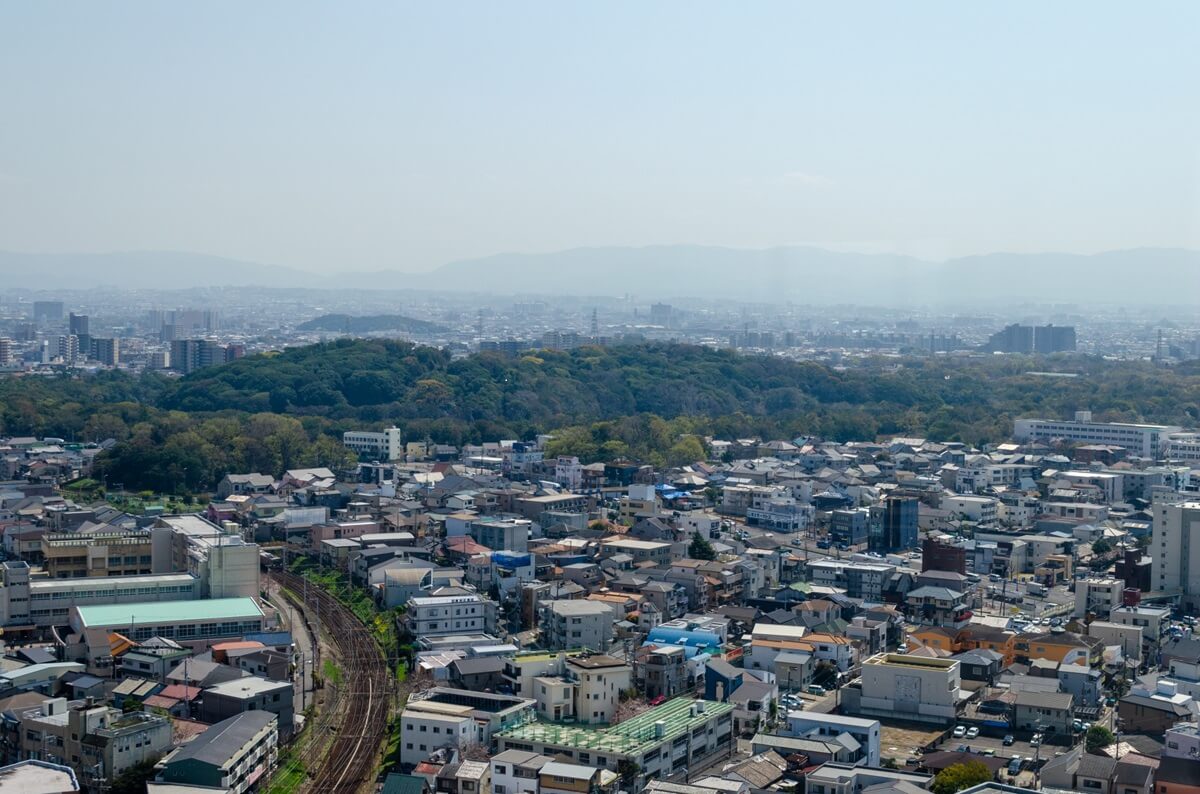
Do you know the city of Sakai in Osaka Prefecture? We will introduce an area full of attractions perfect for those who want to learn about Japanese history and experience Japanese culture.
What is Sakai City?
Located in the south of Osaka Prefecture, Sakai City boasts the second largest population and area after Osaka City, and is famous for the Mozu Tumulus Group, which was registered as a UNESCO World Heritage Site in 2019. It is also a city with a traditional history and culture, with a thriving cutlery and incense stick industry.
History of Sakai City
People began to live in Sakai City 15,000 years ago during the Paleolithic Era. Stone tools and earthenware have been found at archaeological sites in the city. 100 burial mounds were built in the 500s, including the “Mausoleum of Emperor Nintoku,” and 44 burial mounds still remain today.
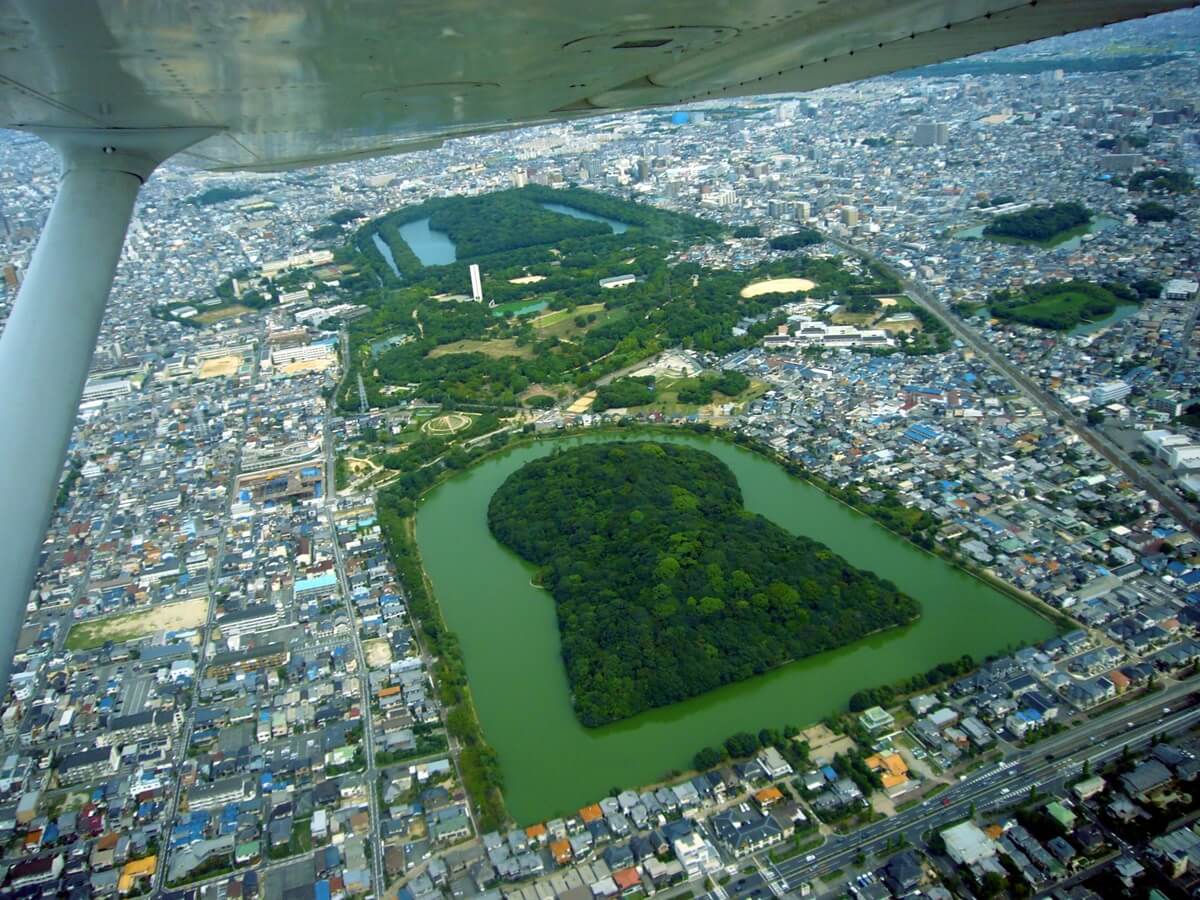
Around the year 1000, Sakai flourished as a place located on the “boundary (expressed in Japanese as sakai)” of the three provinces of “Settsu,” “Kawachi,” and “Izumi,” and is said to have given rise to the place name “Sakai”.
The western side of Sakai City faces the sea, and international trade flourished when “Ming Dynasty ships” used for trade between Japan and Ming Dynasty China arrived at the port of Sakai in 1469. 1500s during the Warring States Period, a “moat encircling city” was formed to surround the city with a moat for defense, and the city became the largest producer of guns in Japan.
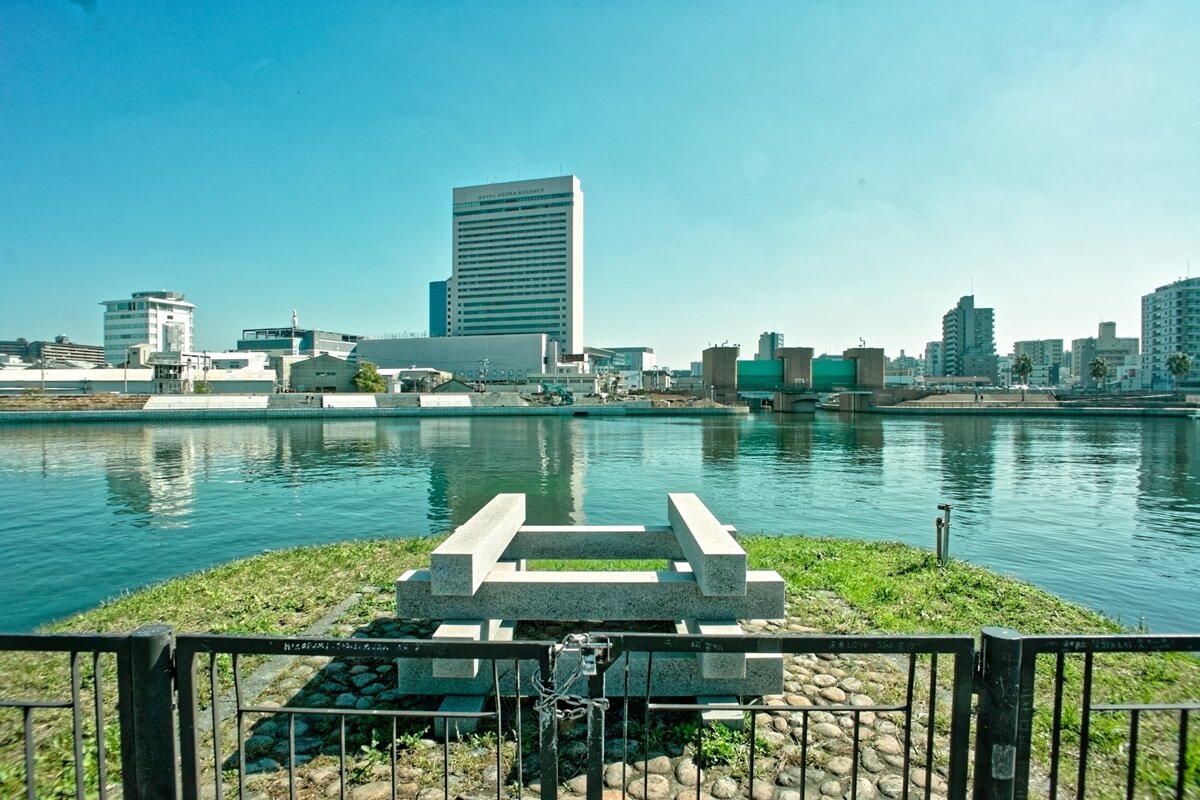
After the Meiji Era (1868~), the city underwent rapid modernization as the population grew and the city area expanded, and transportation systems were improved. Incidentally, the first private railroad line was opened in Sakai City, the Hankai Railway (now Nankai Line) between Namba and Yamatogawa in 1885.
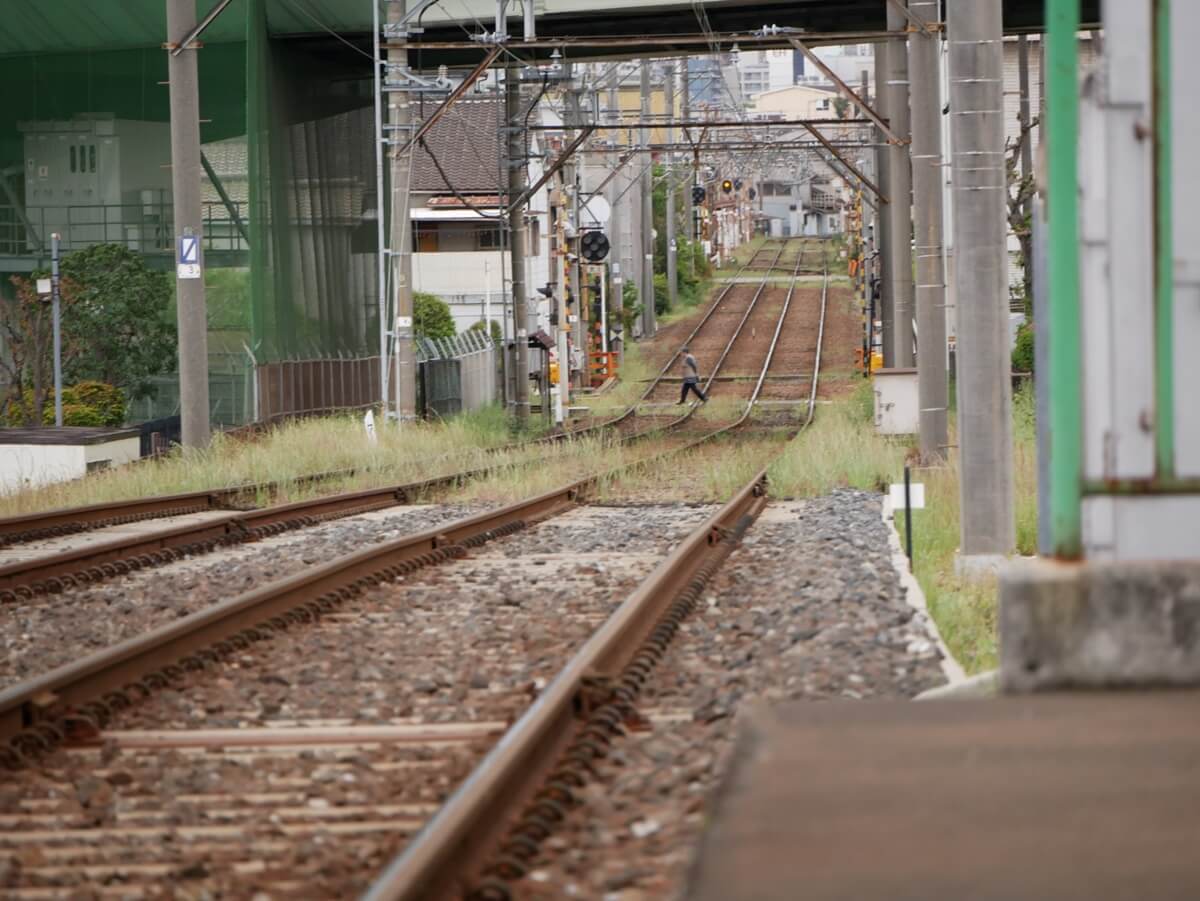
Today, the area still attracts excellent small and medium-sized companies in the metal product manufacturing industry, etc., and ranks third in the nation in terms of the value of manufactured goods shipped. Sakai has made a name for itself as a “manufacturing town,” both now and in the past.
Recommended Sightseeing Spots in Sakai City
Tomb of Emperor Nintoku
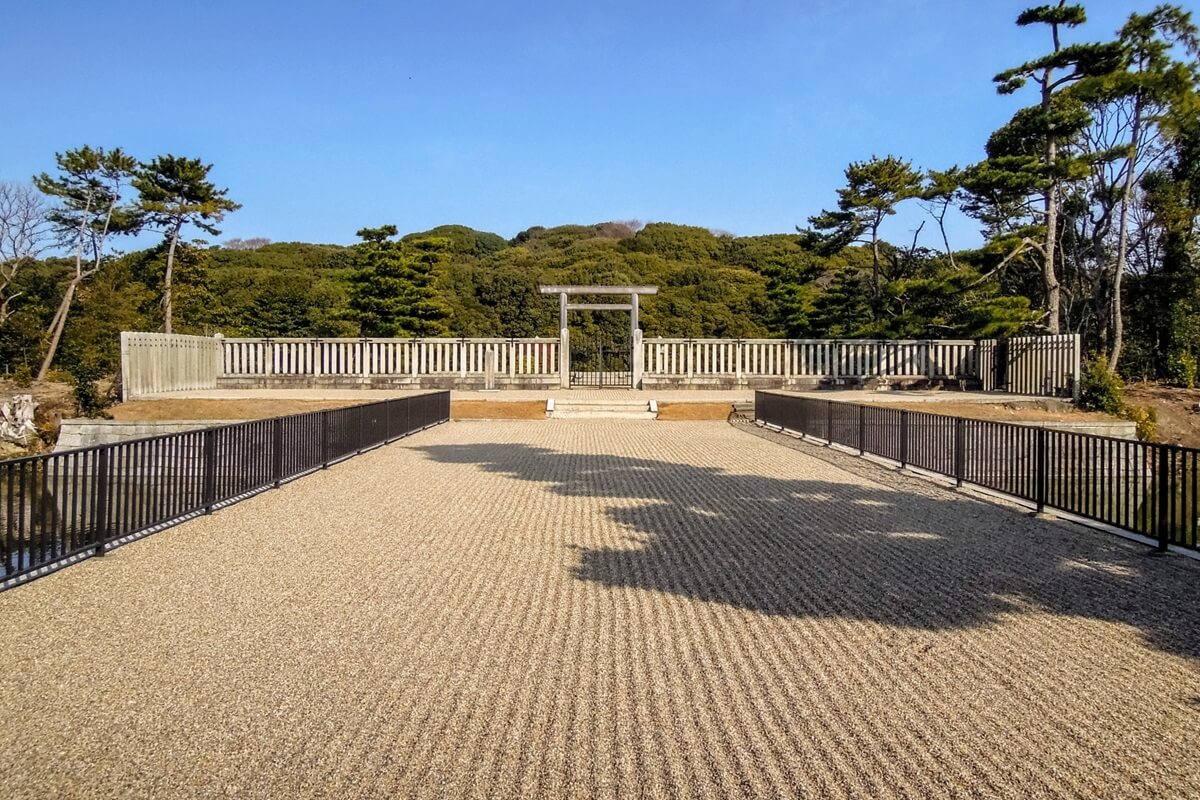
It is one of the world’s three great tombs, along with the Pyramid of King Khufu in Egypt and the Mausoleum of the First Qin Emperor in China. It is characterized by its unique Japanese shape like a keyhole, called a front-rear round burial mound. It is the largest flat area in the world. The mound is covered with greenery, and cycling while experiencing history and nature is recommended.
Gunsmith Workshop and Residence
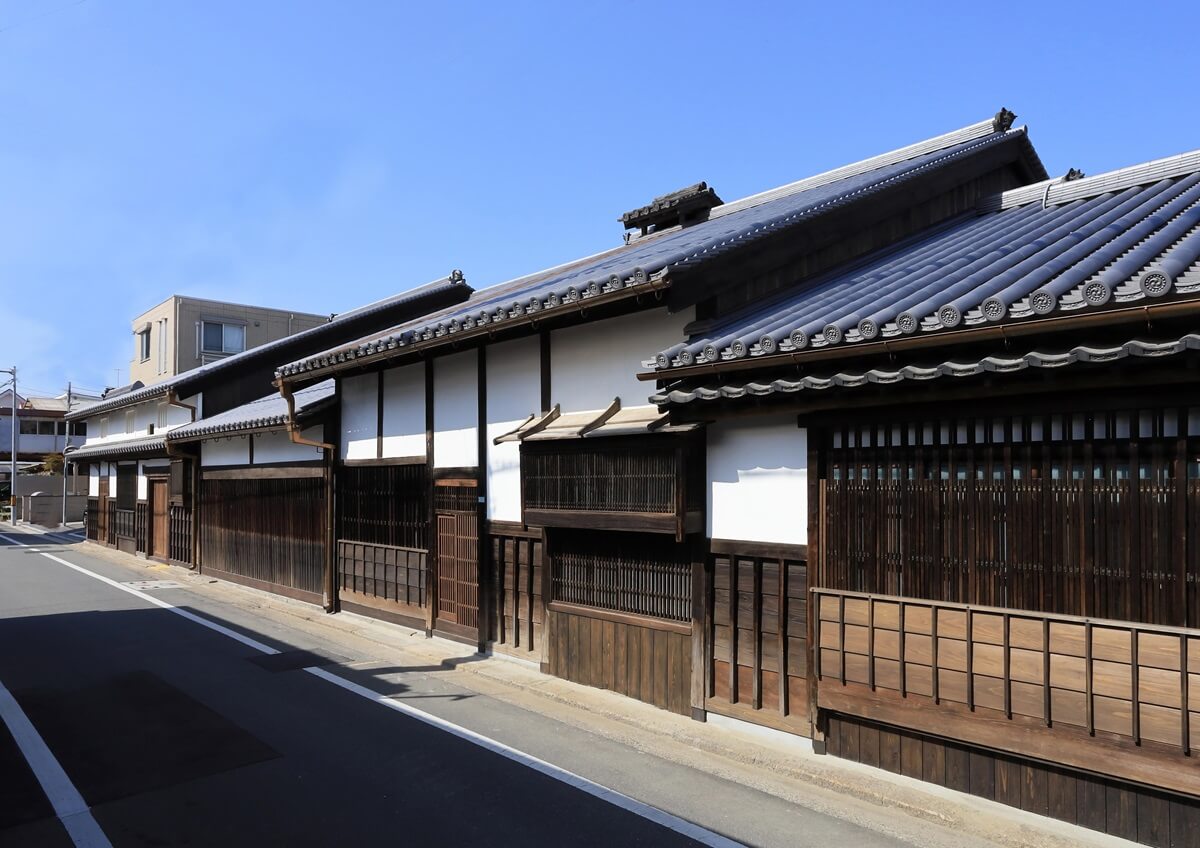
*Source: Sakai Tourist Guide Photo Library https://www.sakai-tcb.or.jp/photo/
The Inoue Sekiemon Family Residence is the only surviving residence and workshop of a gunsmith in Japan. In addition to a disassembled exhibit of actual flintlock guns, visitors can view documents on transactions with feudal lords and clans and learn the full story of Japan’s largest gunsmith business.
Click here to read about the gunsmithing house experience.
Old Sakai Lighthouse
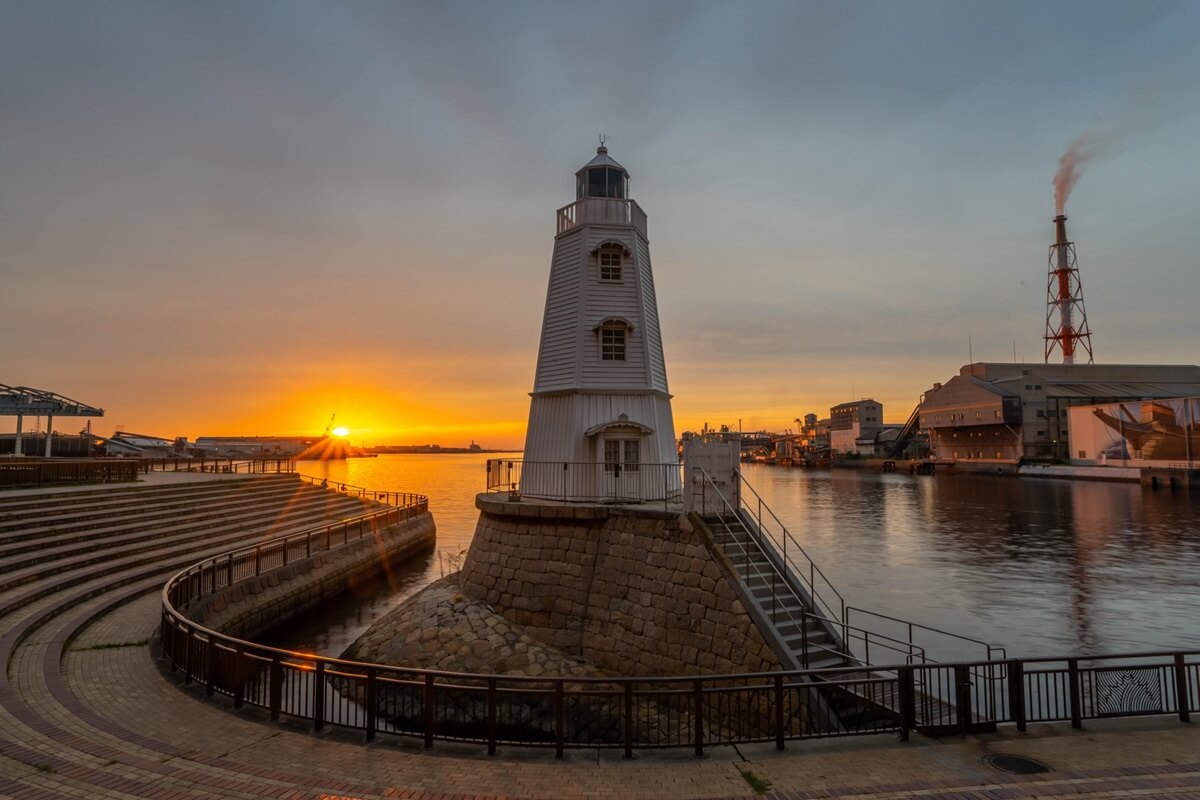
The oldest Western-style wooden lighthouse in Japan, located in Sakai Old Port, was built in 1877 and served as a beacon for ships navigating Osaka Port for about 100 years. The lighthouse is a popular viewing spot because of the beautiful sunset from its backdrop.
Souvenirs to Buy in Sakai City
Sakai Uchihamono

*Source: Sakai Tourist Guide Photo Library https://www.sakai-tcb.or.jp/photo/
Sakai Cutlery boasts the top share of the kitchen knives used by professional chefs. Characterized by their sharpness and beautiful cross-sectional finish, each knife is made by hand and is attracting attention from overseas as a craft that represents the craftsmanship of Sakai.
Sakai Incense

*Image picture
The first incense sticks in Japan were produced in Sakai, where the manufacturing process was introduced from China in the late 16th century. It is characterized by its carefully blended natural fragrances, and is also called a work of art in fragrance. The fragrance is expected to be effective not only as an offering at Buddhist altars and for room fragrance, but also for medical use.
Naniwa Honzome Yukata and Tenugui Hand Towel
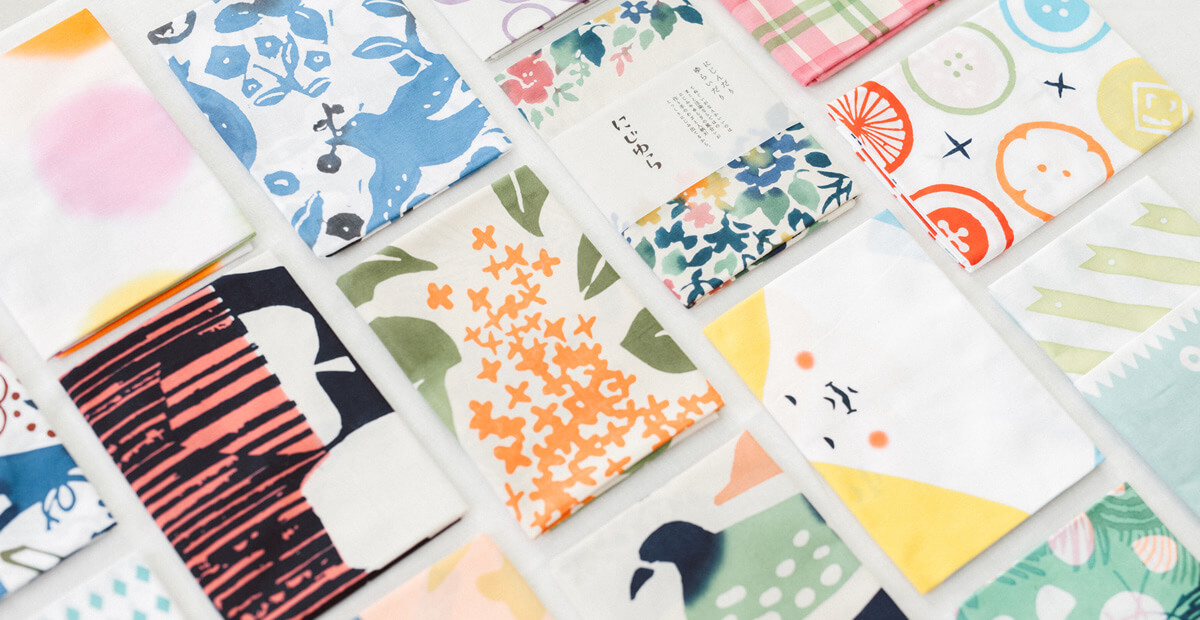
Naniwa honzome is a traditional stencil dyeing technique unique to Japan developed in Osaka. It is also called chusen. The same pattern is dyed in the same color on both the front and back sides of the fabric, resulting in a richly textured finish. In addition to yukata (summer kimonos) and tenugui (hand towels), it is also used for aloha shirts, coasters, parasols, etc.
Click here to read about the Tenugui Hand Towel.
Sakai City, where ancient burial mounds symbolizing ancient Japan remain and industry developed with the times. Why don’t you think about the historical romance and get your hands on some of the best “Made in Sakai” products?
